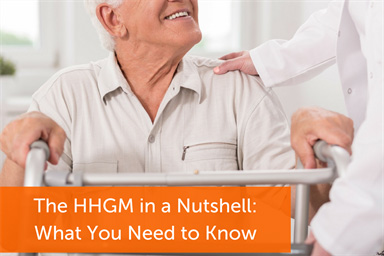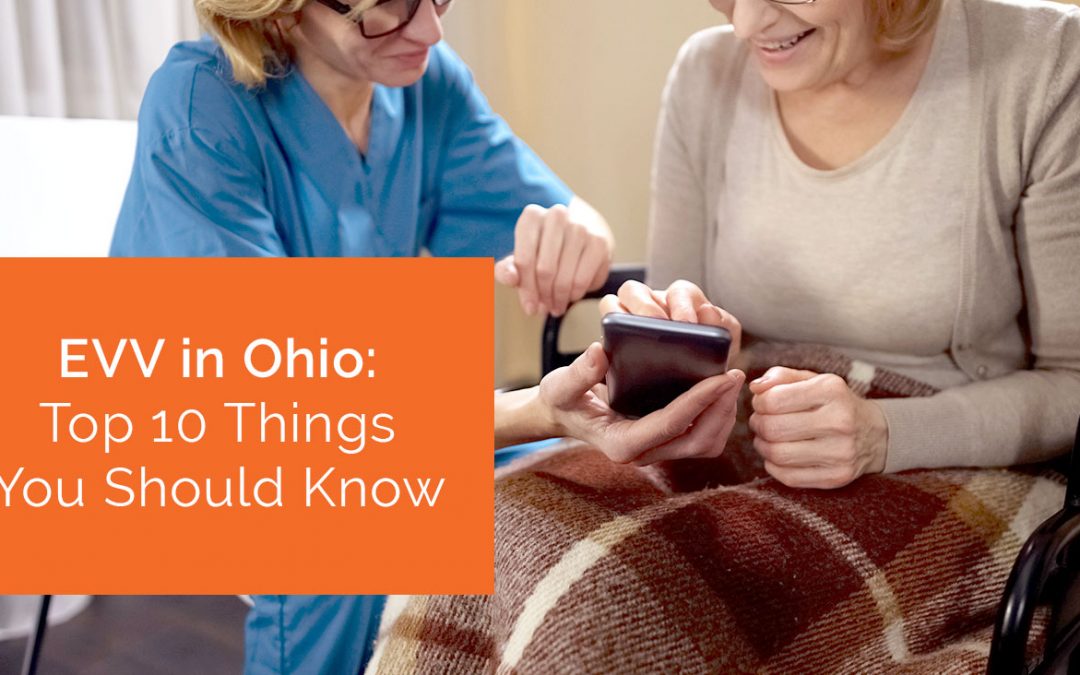At the end of July, Centers for Medicare & Medicaid Services (CMS) released the prospective payment system for 2018, and the update proved to be controversial in the home health industry. Included among the proposed changes is a $950 million cut to payments to home health care, as well as a change from the 60-day episode payment model to a 30-day episode model.
Unsurprisingly, the CMS proposed rules are not being met with enthusiasm from the home health industry. But what does it really mean for agencies and other providers? Although the public comment period for the proposal ended September 25, 2017, home health agencies need to be aware of some of the intricacies of the PPS.
Home Health Groupings Model
CMS is calling the new proposed payment system the Home Health Groupings Model (HHGM). Although it is being released as the payment model for calendar year 2018, it is not scheduled to be fully implemented until 2019. This is in large part because the changes are so significant — in fact they represent the largest overhaul of the home health payment model since its inception in 1999 — that implementing them sooner would prove disruptive and detrimental to CMS-approved home health agencies.
The changes stem from CMS’ longtime contention that the home health payment model needs to be changed from paying for volume to paying for value, and that therapy visits should not be included in determining payments. Essentially, CMS wants to pay home health agencies based on patient acuity, with higher payments going to those agencies that care for more complex patients. Therefore, under the new rules, CMS wants to use a patient’s primary diagnosis as the determinant for his or her clinical grouping assignment, with comorbidities also being used to determine the assignment.
In addition, CMS proposes changing the case mix scoring. In addition to the six items currently used to determine the OASIS functional score, CMS proposes adding M1800 (Grooming) and M1033 (Risk for Hospitalization). The model will also consider the referral source for the patient (either community or institution) and billing periods will determine whether the patient is considered early or late. Only during the first 30-day billing period will a patient be considered early. CMS believes that moving from a 60-day billing cycle to a 30-day billing cycle will better reflect actual usage of services. The agency argues that based on the frequency of visits over a typical 60-day episode, episodes actually end within 30 days about a quarter of the time, and therefore a 30-day billing cycle is more appropriate.
Finally, another significant aspect of the proposal is the elimination of the Request for Anticipated Payment (RAP). Although CMS has not officially declared the end of the RAP, the new proposal calls for comments on how this can be accomplished, clearly indicating that the agency wants to do away with the program. This would not take place within the first year of the HHGM, but it is something to consider in the not-too-distant future.
Additional Changes to Payments
According to the official announcement from CMS, Medicare payments to home health agencies will decrease overall by .4 percent, or $80 million in CY2018, before the provisions of the HHGM go into effect. The reduction stems from several sources:
- The effect of the 1 percent home health payment update percentage. HHAs that submit required quality data to the Home Health Quality Report Program will receive a 1 percent increase overall to their payments, while those agencies that do not submit the data will have a 1 percent reduction in payments. The overall effect of these payments is expected to be a $190 million increase.
- A -.97 percent adjustment to the national, standardized 60-day episode rate in CY 2018 to account for nominal case-mix growth from 2012 to 2014. The impact is expected to be a $170 million decrease in payments.
- The ending of the Rural Add-on Provision. Episodes and visits that end on or after January 1, 2018 will not receive the 3 percent add-on for services rendered in rural areas. This amounts to an overall $100 million decrease.
These reductions will go into effect January 1, 2018, while the other HHGM provision will be delayed until 2019.
Agency Response to HHGM
In general, the response to the HHGM has not been positive. Among the major issues with the proposal is the fact that it is not only not budget neutral, contrary to the original model released by CMS in early 2017. Industry experts also note that the proposal is not based on a proven model, and prioritizes efficiency over the quality of care. While most agree that modernizing the rules is a necessity, the potential impact of the proposal, as-is, has many agencies concerned. As of the end of the comment period, CMS received more than 1,300 comments on the proposal.
The HHGM has the potential to significantly affect the operations of home health agencies and the industry as a whole. Check back here for more information as it becomes available. Also, don’t forget to check out Complia Health’s array of home health software solutions that will increase your agency’s overall efficiency.




